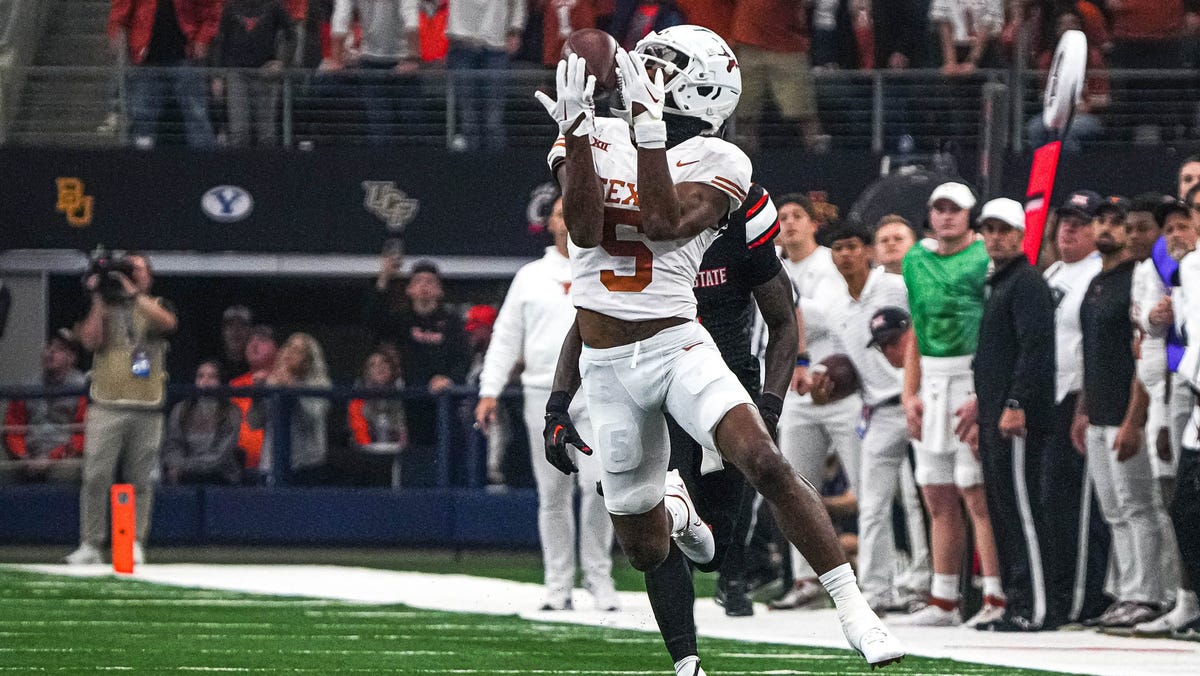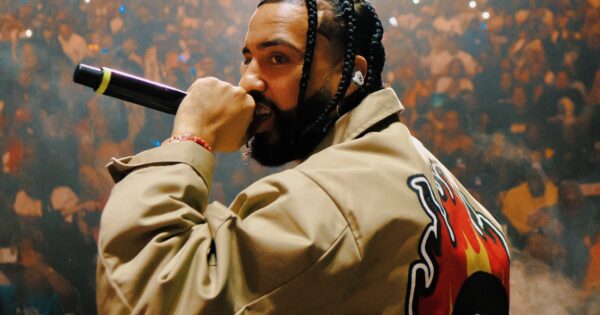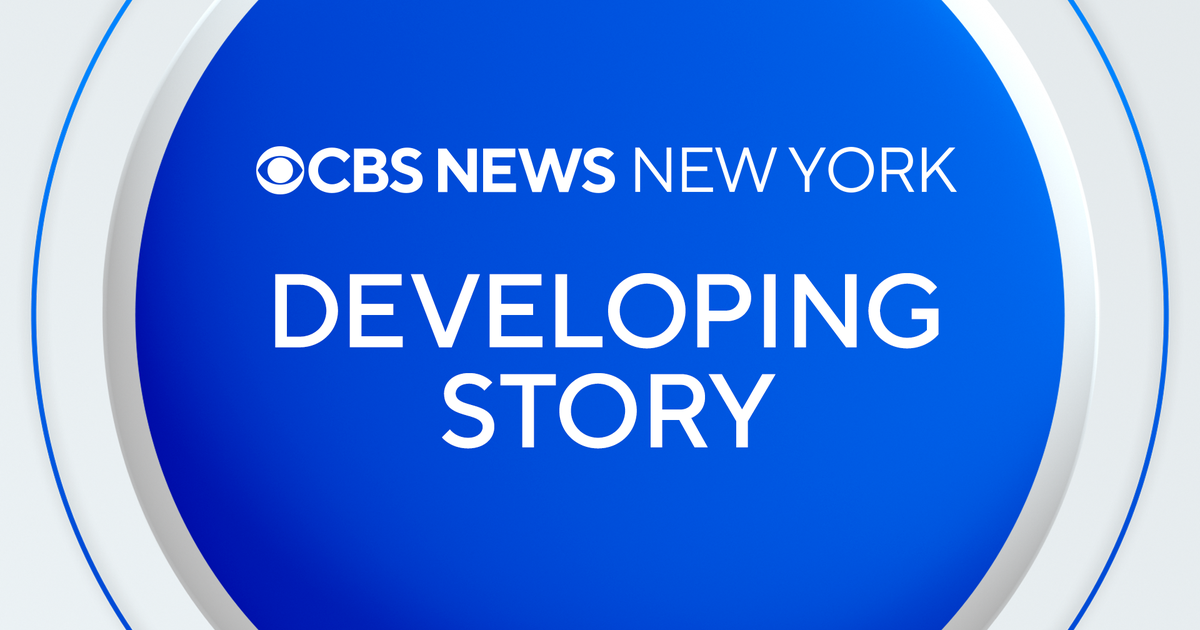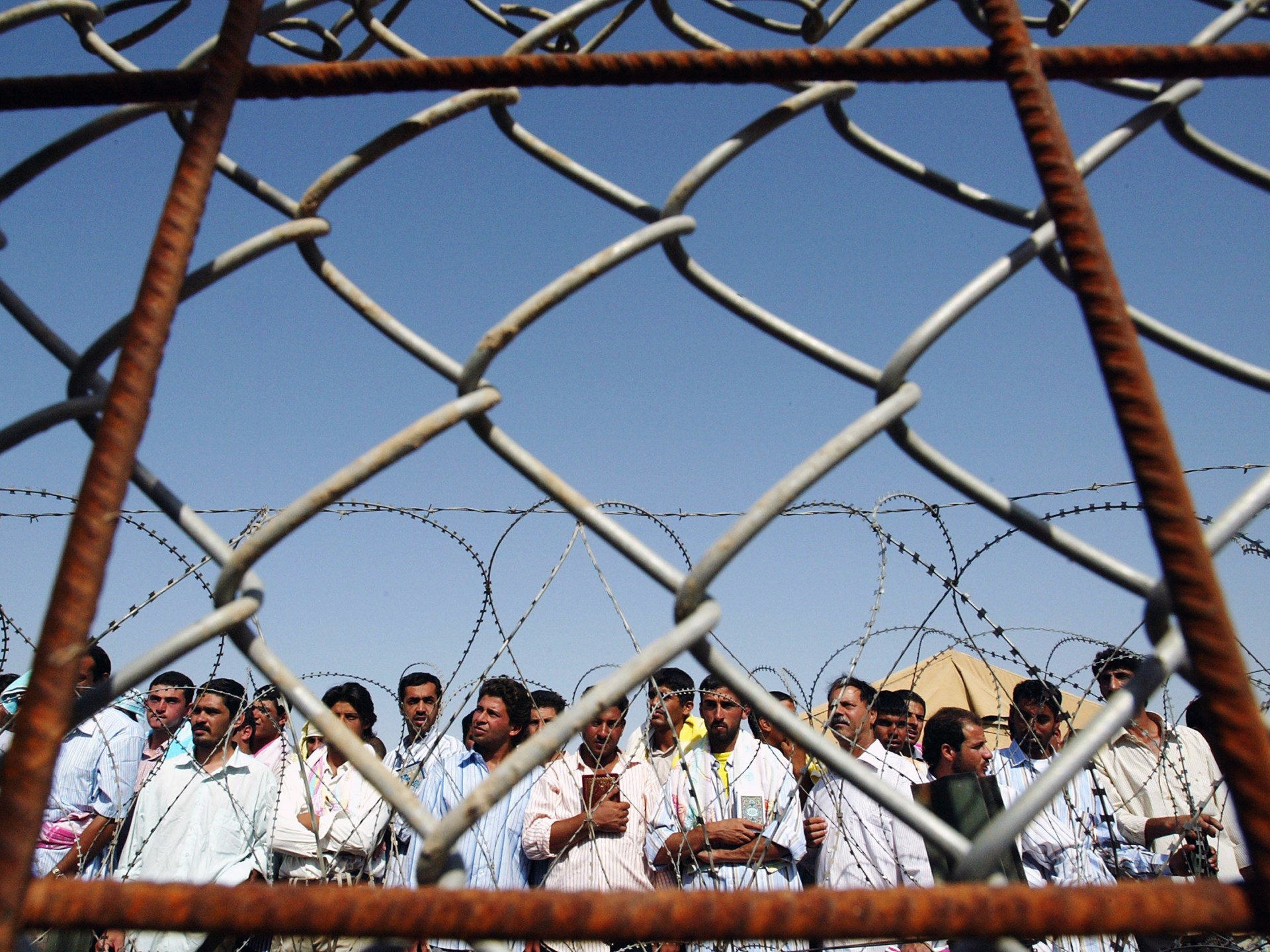Utah
Man pleads guilty to murdering University of Utah football player Aaron Lowe

The man accused of fatally shooting University of Utah football player Aaron Lowe pleaded guilty to murder charges on Monday, more than two years after police say he killed the cornerback outside a rowdy house party in Salt Lake City.
Buk Mawut Buk, now 25, pleaded guilty to Lowe’s murder and the attempted murder of a woman injured in the shooting on Sept. 26, 2021, Salt Lake County District Attorney Sim Gill said.
Police say he fired multiple shots at the two during a heated argument after the football player asked Buk’s friends to move their car.
As Lowe, 21, and Fuamoli Pomale, 20, lay on the ground bleeding, witnesses watched in horror as Buk continued to shoot at them, according to court documents.
Buk is scheduled for sentencing on April 29 and faces a mandatory minimum sentence of 15 years to life in Utah State Prison.
In exchange for pleading guilty, the judge dismissed additional charges of obstruction of justice and possession of a weapon by a restricted person, since he was already on probation.
“Though perfect justice would mean that Mr. Lowe was alive and the other victim did not have to live with injuries that will last a lifetime, we hope this conviction helps the loved ones of Mr. Lowe and the second victim feel they have received some measure of justice,” Gill said Monday.
The sophomore cornerback’s death came less than a year after his teammate Ty Jordan died of an accidental, self-inflicted gunshot wound on Christmas night in 2020.
The two had been high school friends and football teammates in their hometown of Mesquite, Texas, before they came to play for Utah. Lowe switched his college jersey to Jordan’s No. 22 after the running back’s death and was the first recipient of a memorial scholarship established in his honor.
About nine months after Jordan’s death, the Utes again mourned for one of their own after an off-campus house party meant to celebrate their win over Washington State erupted into violence.
Uninvited guests, including Buk, showed up to the private party and began causing commotion, police said.
Lowe and Pomale tried to leave the party just after midnight but found their car blocked by another vehicle.
As they argued with a group of men who refused to move their car, Buk walked across the street to retrieve a gun from another man and began shooting, court documents state.
Lowe died at the scene. The Utah State Medical Examiner’s Office later recovered four bullets from his body, according to the autopsy.
Pomale survived after receiving emergency surgery for multiple gunshot wounds to her neck and chest.
Buk, arrested that October in Draper, was already on probation for two robberies, including one in which authorities say he robbed a father and daughter at gunpoint.
Salt Lake City police said at the time of his arrest for the shootings that Buk had an “extensive violent criminal history” dating back to at least 2017.

Utah
Tourism and growth are double-edged swords for Utah’s dark sky-certified places

Even in a state like Utah which prides itself on its starry night skies, becoming a certified dark sky community is a tall task.
Springdale, near Zion National Park, has had rules on the books to limit light pollution since 2009. So when it applied for a designation from Dark Sky International a few years ago, it expected to be a shoo-in.
“We were thinking: We’ve been a leader in preserving dark skies for a long time. We’ve done a great job. … Folks are going to say, ‘This is the best application ever. Of course, you’re going to be certified,’” Director of Community Development Tom Dansie said.
“So we were a little bit humbled when the Dark Sky folks came back with: ‘That’s a good first try.’”
The town made changes and applied again the following year. When it finally got approved in 2023, it was the culmination of nearly 15 years of work.
It didn’t come cheap, either.
The town spent roughly $1 million to replace its street lights with models that shield the light downward, Dansie said. After installing them, the town realized the new lights weren’t dark enough, so they spent even more time and money developing a way to retrofit them. Now, Springdale has until 2028 to update the street lights with adaptive controls that automatically dim as the sky gets darker, which Dansie estimates could cost another $200,000.
That’s a lot of money for a small town, and it doesn’t include the updates required to lighting on private property — something residents have long raised concerns about. But in a community that values its celestial sights, he said it’s money well spent.
“When you look at the investment in the street lights in terms of protecting the night sky resource, it makes a whole lot more sense … rather than looking at it as, ‘Oh, we had to spend a million and a half dollars just to get this certification.’”
Dark skies can also have other benefits, he said, for human health and wildlife.
Springdale is one of four Utah towns that have earned the designation, joined by Helper, Torrey and Castle Valley, which became the state’s newest addition in January. Moab has submitted its application to join the club, something the town has been working toward since enacting its outdoor lighting ordinance in 2019.
As Utah’s population and popularity grow, keeping skies dark is likely to get even harder.
In their annual reports to Dark Sky International, parks across the state list increasing light pollution from development and tourism as the main threat to maintaining their certification. And those sites — from Capitol Reef and Canyonlands national parks to Antelope Island and Jordanelle state parks — say those threats are increasing.
For places like Springdale, it’s a delicate balance. The community relies on tourism. Without it, it would be tough for a town of fewer than 600 people to afford a million-dollar lighting project, among other things. But visitation to Zion National Park has nearly doubled in the 15 years the town’s been working to limit outdoor lighting, and that brings the risk of more light.
“Every new development, every new hotel that’s built, every new single-family residence that is built has an impact on the night sky,” Dansie said. “So it’s increasingly important for us as a community to be careful.”
With more and more places worldwide losing their view of the night sky, however, that makes the places in Utah that have held onto their darkness all the more special. It can have big economic impacts.
Gov. Spencer Cox declared April as Utah’s dark sky month again in 2024, saying astrotourism is expected to generate $6 billion in the American Southwest over the next decade. Utah has more than 20 certified dark sky places, a total the state touts as the highest concentration in the world.
Joshua Rowley has seen the economic benefits of dark sky tourism near Capitol Reef National Park, where he co-owns the Skyview Hotel. It’s located in Torrey, a town of 219 people in Wayne County that became Utah’s first dark sky community in 2018.
The hotel leans into the dark sky as one of its amenities, with dim lighting and a rooftop stargazing deck. Rowley said the night view is a big reason their customers spend their time and money there.
“More people are coming to see it. People are staying longer to see it. It gives them more to do in their trip… which is obviously going to impact the economy of the whole area.”
The hotel opened in 2023 and meeting the town’s strict lighting requirements presented some challenges. For example, he said the typical way engineers light up parking lots might be two or three times brighter than what they could do in a dark sky town. And since having lights in key places is a safety issue, it meant dimming or even tweaking the color temperature of its illumination to meet code.
“You have to get kind of creative. … Over time, people will have to get less creative because there’s more of a system in place.”
Growing that system could be a big part of sustaining dark sky towns’ futures.
In Springdale, Dancie said they’ve started having conversations with other southwest Utah communities, and he’s hopeful they can work together to protect the region’s night skies. That matters, he said, because no town is an island.
Driving west from Springdale into the more populated parts of Washington County at night, it’s already easy to see the dome of light pollution in the distance. If the St. George metro area grows the way it’s projected to — and doesn’t safeguard the night sky as it does — Springdale could see its dark skies slip away.
“At some point, no matter what an awesome job we do, our dark sky resource will be threatened because of the impact of light in other areas of the region. … Those light domes will gradually get larger and larger and larger until they encompass Springdale.”
Copyright 2024 KUER 90.1. To see more, visit KUER 90.1.
Utah
Utah DE Jonah Elliss continues NFL family legacy with the Denver Broncos

Like father, like son.
Not only does former Utah defensive end Jonah Elliss wear the same number (83) as his father, 10-year NFL veteran Luther Elliss, he’ll now play on his dad’s former team.
While Luther Elliss is known primarily as a Detroit Lion — where he played nine seasons, including two Pro Bowl appearances — he did spend the last season of his NFL career with the Denver Broncos in 2004. Nearly 10 years after retiring, Luther Elliss also served as the Broncos’ team chaplain for a couple of seasons.
The Denver Broncos selected Jonah Elliss with the 76th overall pick on Friday night in Detroit and made him the fourth member of his family to play in the NFL, joining dad Luther and brothers Kaden (Atlanta Falcons linebacker), Christian (New England Patriots linebacker) and Noah (Philadelphia Eagles defensive tackle).
“He (Luther) just told me how great of a culture and how great of a fan base they have and how it’s really a family environment out there,” Jonah Elliss said in a statement on the Broncos’ website. “Honestly, the culture is something he mentions a lot. It’s just a really good bond out there.”
The Broncos were in need of an impact pass rusher, and in Elliss, they think they’ve found it.
“We felt like he definitely checked the pressure player box,” Broncos coach Sean Payton said.
Denver is getting a productive pass rusher that led the nation in sacks per game last season (1.2), even while playing six games with a torn labrum.
Initially playing linebacker in his first season at Utah, it was only a matter of time until he was placed on the defensive line, and it happened in his sophomore season after he gained some weight.
“He came in, switched positions, just respected the process, and he has the NFL pedigree already, and he just continued to flourish and grow and develop,” Utah defensive ends coach Lewis Powell said.
Over his Utah career, Elliss totaled 78 tackles (23 for loss), 16 sacks (12 of those coming in 2023), three forced fumbles, four fumble recoveries and three pass deflections.
He hit a new level in 2023, becoming one of the most productive defensive ends in the country and a consensus All-American.
A little bit undersized compared to his peers at the position in the NFL, Elliss makes up for it with great athleticism, explosiveness and a pro-ready skillset of pass rush moves.
“He’s an edge player that plays with energy, effort, all those things you look for. Real good football makeup,” Payton said.
His season ended three games short after he had surgery to repair his torn labrum, and he also pulled his hamstring during pre-draft training, but he was diligent in his rehab and quieted any doubts about his health by participating in an individual pro day earlier this month.
The Broncos have no concerns with Elliss’ health, expecting him to be good to go in May.
“We’re very comfortable with it,” Broncos general manager George Paton said.
Elliss, who has 11 siblings — five biological and seven adopted — will carry on the family legacy in the NFL.
“My dad played in the league for 10 years and then I got three brothers that play currently. Just like being able to do what they did, it’s going to be so amazing for me and know that all my hard work the past few years just really paid off,” Elliss said on the ABC telecast.
How did analysts react?
“I’ve had the opportunity to call a lot of these Utah games over the years and Jonah Elliss has been a guy that every time you watch him, kind of like Cole Bishop, I feel like he’s incredibly underrated,” ESPN analyst Kirk Herbstreit said on the draft broadcast.
“Plays with his hair on fire. The competitive background, being one of 12 children. Also has a very advanced pass rush skillset. No surprise again, being the son of a longtime defensive tackle. If he puts on a little bit more weight and power, I think his game levels up, he can be a more three-down player than a two-down player. He’s got natural pass rush juice, though,” ESPN analyst Field Yates said on the draft broadcast.
Pro Football Focus gave the pick a “very good” grade.
“Edge rusher was a need for the Broncos heading into Day 2, and they get some good value here with Elliss early in the third round. In 10 games last year, he racked up 39 pressures — including 13 sacks — and won 17.7% of his pass-rushing snaps. Getting their quarterback and edge defender with limited picks in the first two days of the draft is good business by the Broncos.”
Yahoo Sports’ Charles McDonald was high on the selection, grading it an “A.”
“The Broncos needed a pass rusher and Elliss is a great value at this point in the draft. He’s a high-floor guy who should be able to start right away,” he wrote.
CBS Sports’ Chris Trapasso graded the pick an “A-”, noting that Elliss is a “needed addition” in Denver, while The Athletic’s Scott Dochterman graded it a “B”.
“Elliss, son of former NFL defensive tackle Luther Elliss, is a smaller edge rusher who doesn’t have great testing numbers — but he made a lot of plays at Utah, because of his effort and general awareness,” Dochterman wrote. “A highly productive defender who has a deep bag of tricks, Elliss is more of a third-down pass rusher than a three-down edge. He’ll make plays in the right scheme, though.”
Utah
Biden administration visits Utah to discuss goal of cheap, reliable electricity
Department of Energy Secretary Jennifer Granholm traveled to a Rocky Mountain Power substation in South Salt Lake Thursday morning to unveil the Biden administration’s latest efforts to build a more resilient, secure and cleaner electric grid.
“Utah is a powerhouse of a state when it comes to potentially producing, generating clean energy and then getting that energy to move to places where it’s needed and to be able to take energy as well,” Granholm said. Although the scene behind her portrayed a stillness, the tall, tapered-shaped transmission towers actively circulated high-voltage electricity through the taut wires. Granholm says she wants to bolster this grid’s capabilities and connect it to an expanded network in the West.
“Between the geothermal resources that Utah has, the wind and the sun, and now we’ve got all of this commitment to transmission,” she said, hailing the Beehive State as an “instrumental piece of the nation’s infrastructure.”
The biggest challenge to the already overextended grids across the U.S. has been a lengthy permitting process. Grid congestion cost consumers $20.8 billion in 2023, a significant increase from $13.3 billion the previous year, as reported by Grid Strategies in 2023.
Granholm’s visit coincided with the Biden administration’s decision to reform the permitting rule that will shrink the approval time for a transmission line from 10 years to two by consolidating the requirements from different federal agencies and streamlining the review process.
“We want to make transmission better,” said Granholm. This means enhancing technology while adding new lines, wires and miles to the grid. “But all of that requires cooperation with the federal government and that means permitting.”
She said ger department is focused on connecting more communities to power, taking a page out of President Franklin D. Roosevelt’s book. He is hailed for championing the Rural Electrification Act, responsible for providing federal loans to establish an electrical distribution system in the 1930s.
Granholm told the story of a man from this era who wanted to have power in his home but lived outside this distribution wire’s reach. “He did what anybody reasonably would do; He built a new foundation down the road, put his house on logs and just rolled it over to the transmission,” she said jokingly. “Now, we want to do it a little bit differently.”
The energy secretary also announced a series of grants while breaking down the Biden administration’s approach to improving the power system in the Western U.S.
For Utah, specifically, Rocky Mountain Power is receiving $5.7 million to ensure the state has “resilient power” and the “ability to protect against wildfire or extreme weather events,” she said.
Granholm told reporters this will help utility companies install underground transmission lines and cover their conductors, “and that’s what Rocky Mountain Power is doing” as it considers reducing risk while wildfires rise in intensity and frequency.
Joel Ferry, the executive director of the Utah Department of Natural Resources, noted utility companies will also be able to protect themselves against cyber threats by leveraging advanced technologies.
On the state level, the administration is propelling an interconnected web of power lines that allow electrons generated from wind and solar energy to flow from Idaho and Nevada to Utah and California.
“It’s all coming together,” she said, before diving into three transmission line projects moving power across six Western states.
The grid deployment office’s Transmission Facilitation program has $2.5 billion to disperse to developers for setting up new power lines.
The federal government reached a $330 million agreement with Cross-Tie Transmission to connect power from Utah and Nevada, Granholm said.
“We’re particularly excited because that’s going to strengthen the Utah power grid and make sure that you can access resources from all over the West,” Maria Robinson, the director of the grid deployment office told reporters.
This 214-mile line, set to go into service in 2028, will create 4,000 jobs in the Beehive State, and all workers will have to be a part of a labor union, the International Brotherhood of Electrical Workers, for this more than $1 billion project, she added.
Ed Rihn, president and CEO of Berkshire Hathaway Energy Canada, said this project’s construction is expected to generate $760 million for the local economy.
Another $331 million is going toward the Southwest Intertie Project North, bridging power between Idaho and Nevada through a 285-mile line. According to a press release, this will add more than 2,000 megawatts to the grid’s capability and power 2.5 million homes.
Ashley McGeary, the communications director for Grid United, the developer for Southline, told the Deseret News after Granholm’s remarks that transmission lines “cost a lot to construct when they cover so much (area), it can be kind of risky for investors” because a utility company has to get on board to use these lines.
The Department of Energy is “the strongest backer you can ask for,” since it prompts utility companies to sign on to the new lines, she explained.
These transmission lines will connect the Western U.S. and allow electricity to flow wherever needed. “Sometimes it’s so windy in one place, and you want to be able to send that wind elsewhere,” said McGeary.
Ferry, from the Utah Department of Natural Resources, said that the Beehive State doesn’t entirely align with the Biden White House, but that doesn’t take away from the Energy Department’s announcements.
“At the crossroads of the West, Utah is always looking for opportunities. That pioneer spirit exists here in the state of Utah,” said Ferry. “Sometimes the state of Utah and the Biden administration are at odds, but it’s great to be able to come together in terms like this under common goal and common cause.”
-

 Movie Reviews1 week ago
Movie Reviews1 week agoMovie Review: The American Society of Magical Negroes
-

 World1 week ago
World1 week agoIf not Ursula, then who? Seven in the wings for Commission top job
-

 Kentucky1 week ago
Kentucky1 week agoKentucky first lady visits Fort Knox schools in honor of Month of the Military Child
-

 World1 week ago
World1 week ago'You are a criminal!' Heckler blasts von der Leyen's stance on Israel
-

 Politics1 week ago
Politics1 week agoTrump trial: Jury selection to resume in New York City for 3rd day in former president's trial
-

 News1 week ago
News1 week agoHouse passes bill requiring warrant to purchase data from third parties
-
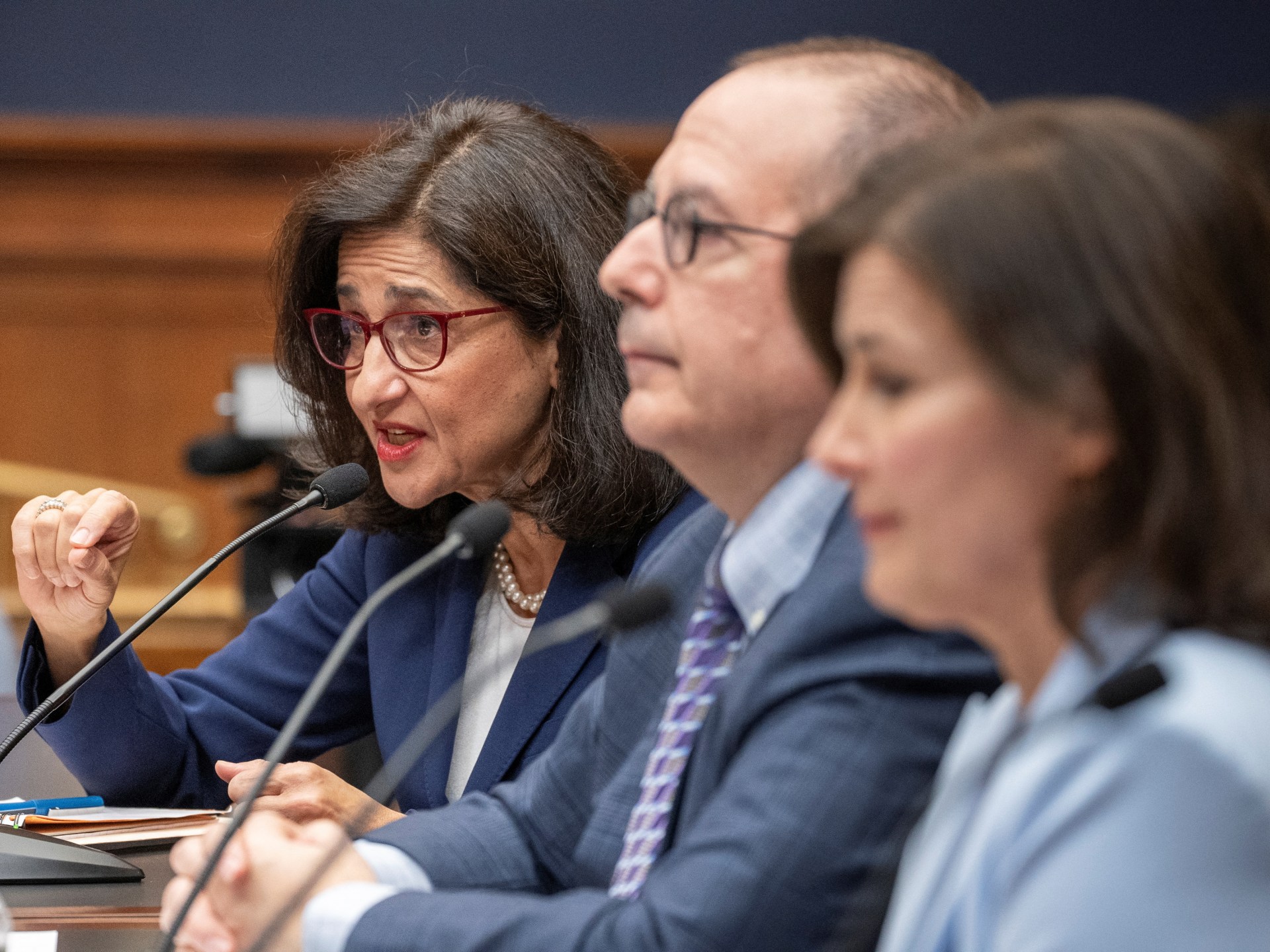
 World1 week ago
World1 week agoColumbia University leaders face scrutiny over anti-Semitism on campus
-
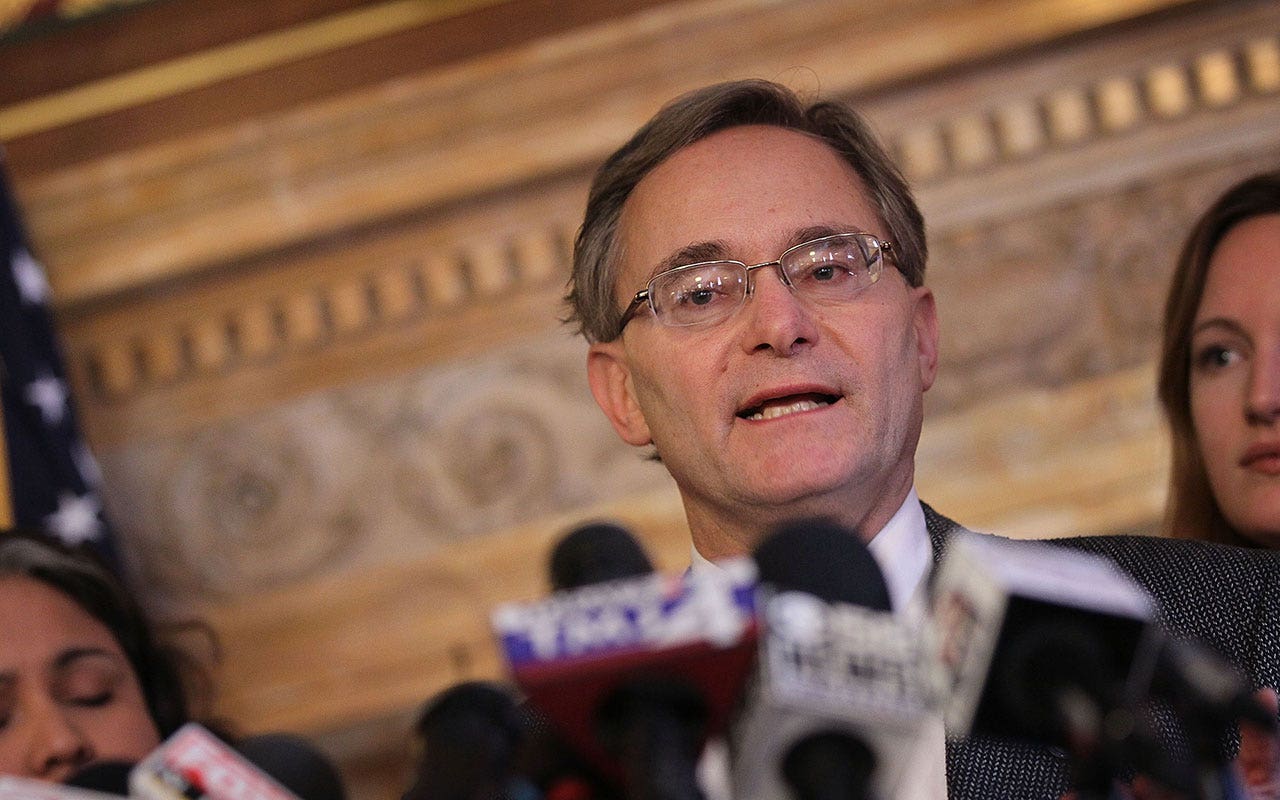
 Politics1 week ago
Politics1 week agoFormer Wisconsin Democratic Rep. Peter Barca launches congressional comeback bid


